Places bearing the mark of the August Revolution
In the heart of Tan An market ( Long An ward, Tay Ninh province) today, on the bustling Nguyen Duy street, few people would expect that the small house number 17 used to be the "cradle" that nurtured the revolutionary spirit for about a decade (1936-1945). That is Minh Xuan Duong Pharmacy, which is not only a place to examine and prescribe medicine for people but also an important secret revolutionary base of Tan An Provincial Party Committee.
Meetings and movements to fight against the French took place here. A typical example was the demonstration on July 14, 1939 in Tan An provincial capital (on the occasion of the French National Day, July 14) openly demanding people's rights and democracy under the leadership of the Party, which was considered a memorable event in Tan An at that time. After the demonstration, the Provincial Party Committee directed to draw lessons, affirming the role of the province's first "secret headquarters" that existed right under the enemy's eyes.
Minh Xuan Duong Pharmacy was the secret operating location of the Tan An Party Committee for nearly 10 years (1936-1945).
Minh Xuan Duong not only sheltered many important meetings but also contributed to raising funds for activities through the medical profession. In about 10 years, many strategic decisions of the Tan An Party Committee were formed here, and then on August 21, 1945, the uprising in the provincial capital broke out before the deadline set by the Red Resolution of the Tan An Provincial Party Committee. Victory came quickly, without bloodshed, without loss of force, demonstrating the people's unanimity and steadfast faith in the Party. Until now, that house is still present, containing many proud memories.
If Minh Xuan Duong was the secret place to nurture the will to revolt, then Tong Than House was the place to witness the public growth of the revolutionary government. Located at 19 Ngo Quyen Street (Ward 1, Tan An City, old Long An Province), the house built in the late 19th century with bold French architecture was once the headquarters of the Japanese fascists. After the successful uprising on August 21, 1945, Tong Than House became the headquarters of the Tan An Provincial Party Committee to operate publicly. On the afternoon of August 22, 1945, the first meeting of the provisional Provincial Party Committee took place here, voting to supplement and assign tasks regarding Party and government personnel.
After that, the Party Executive Committee started working on September 2, 1945. In the first half of September 1945, the second conference continued to take place here to merge the district committees and release most of the old regime's civil servants. In particular, at the end of September 1945, the third conference was held to shift the strategic task from building to consolidating and protecting the government and preparing for the approaching resistance war against the French colonialists.
Compared to the secret Minh Xuan Duong, the General's House is a testament to a new turning point. The meetings and decisions made here laid the foundation for the revolutionary government in Tan An to stand firm in the early days full of challenges. The two places have two different roles but share the same mission: being closely associated with the victory of the August Revolution in 1945 in Tan An, one of the leading localities in the uprising to seize power in the South.
Youth of Hoa Hoi commune offer incense at the Overseas Army Base I - Sivôtha Relic Site
After the August Revolution, with the plot to reoccupy Indochina, France immediately occupied Cambodia, provoked Saigon, attacked the South with the intention of occupying all of Vietnam. Faced with the difficult situation of the country, with patriotism, overseas Vietnamese in Thailand, Laos, and Cambodia also joined the army in droves.
Going back in history, on August 10, 1946, comrade Tran Van Giau - Secretary of the Southern Regional Party Committee, handed over the military flag, the order and decided to establish the Independent Army Unit No. 1 in War Zone 4 in Ta Om, the border of Battambang province (at that time belonging to Thailand). The unit consisted of 105 overseas soldiers. After a long march, they returned to the South in October 1946. At this time, the unit was also renamed the Overseas Army Unit No. 1 of Southern Region 7, comrade Ngo That Son was appointed as Commander. The unit established a base in Cay Cay forest (now in Luu Van Vang hamlet, Hoa Hoi commune), assisting and coordinating with the Tay Ninh army and people to protect the border and the interior of Tay Ninh.
In October 1948, the Overseas Army No. 1 was reinforced to help the Cambodian revolution with a new name, the Sivôtha Army. According to the stone stele at the Overseas Army Base No. 1 - Sivôtha Relic Site: "From Soài-Rieng, Kompong-Cham, to Prey-Veng, Kra-che... the ISSARAK movement was famous, its cadres were loyal and courageous, the people trusted and loved it, and the enemy feared it."
By April 1951, the Sivôtha unit in Northeast Cambodia officially completed its historic mission after 5 years of existence. During its operation, the Overseas Unit I - Sivôtha clearly demonstrated the patriotism of overseas Vietnamese, no matter where they were, towards the Fatherland. The unit built many interconnected resistance bases along the border, creating a safe shield for the strategic base of Tay Ninh, making significant contributions to Tay Ninh and the Southeast during the resistance war against French colonialism and American imperialism later on.
On the stone stele at the Overseas Army Base I - Sivôtha (Hoa An hamlet, Hoa Hoi commune) there are 4 verses of poetry: The heroic spirit still permeates the Hoa - Hoi forest/ The Cay Cay war zone still has its red mark/ Only 5 years of steadfast fortress/ The name of Overseas Army I - Sivôtha has become immortal. This is a testament to the contributions and sacrifices of overseas soldiers who wholeheartedly turned to their homeland during the difficult days of resistance.
A traditional education place for the younger generation
Head of the Department of Culture and Society of Long An Ward, Nguyen Thi Kim Luu, said: “Both relics: Minh Xuan Duong and Tong Than House are recognized as provincial historical relics. In particular, in 2013, Tong Than House was restored and put into use with a space to display images, artifacts and scientific documents on local history. This is a “red address” serving the work of visiting, learning about history, educating revolutionary traditions, improving life, promoting the socio-economic development of the province”.
Union member Huynh Hoai Vu (residing in Long An ward) shared: “These historical relics not only mark the achievements of our ancestors but also are valuable lessons for our young generation to continue the tradition of “When drinking water, remember its source”, preserving and promoting the cultural and historical values of our homeland”.
The General House was restored and put into use with a space to display images, artifacts and scientific documents about local history.
As for member Nguyen Thi Thanh Nguyen (living in Hoa Hoi commune), she also regularly participates in Youth Union activities, most of which are activities to return to the source at local "red addresses". According to Thanh Nguyen, because these activities are meaningful, she really likes to participate. Nguyen shared that when she goes to "red addresses", she can learn information, listen to stories to better understand the contributions, sacrifices, and losses of the previous generations in the wars of national liberation. Thereby, helping the younger generation to awaken their love and pride for their homeland, country, and the glorious traditions of the nation.
Vice Chairman of the Vietnam Fatherland Front Committee of the commune and Secretary of the Hoa Hoi Commune Youth Union Truong Duy Hai said: In the past time, the Hoa Hoi Commune Youth Union has implemented many practical activities such as organizing incense offering and candle lighting in gratitude on the occasion of July 27; taking care of and beautifying the landscape at "red addresses"; organizing traditional activities and journeys to the source for union members and young people, and coordinating with schools to organize for students to visit and learn about history at relics. Through these activities, union members and young people are nurtured in patriotism, national pride, and better understand the great contributions of previous generations. From there, educating and orienting young people to live more responsibly, actively study, practice and participate in youth movements in the locality, contributing to building an increasingly developed homeland./.
Ngoc Man - Vi Xuan
Source: https://baolongan.vn/dia-chi-do-noi-giao-duc-the-he-tre-ve-long-tu-hao-dan-toc-a201139.html



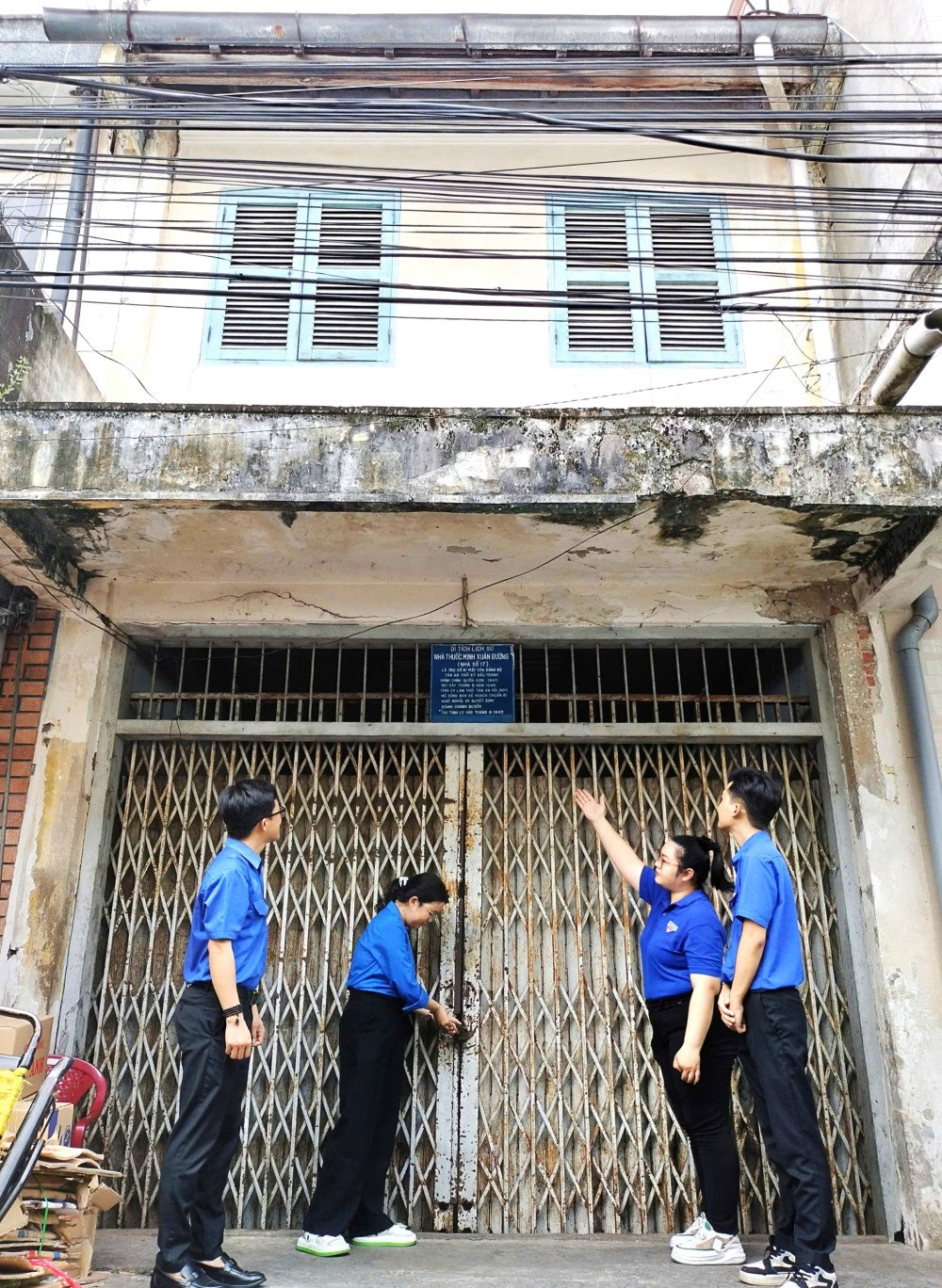
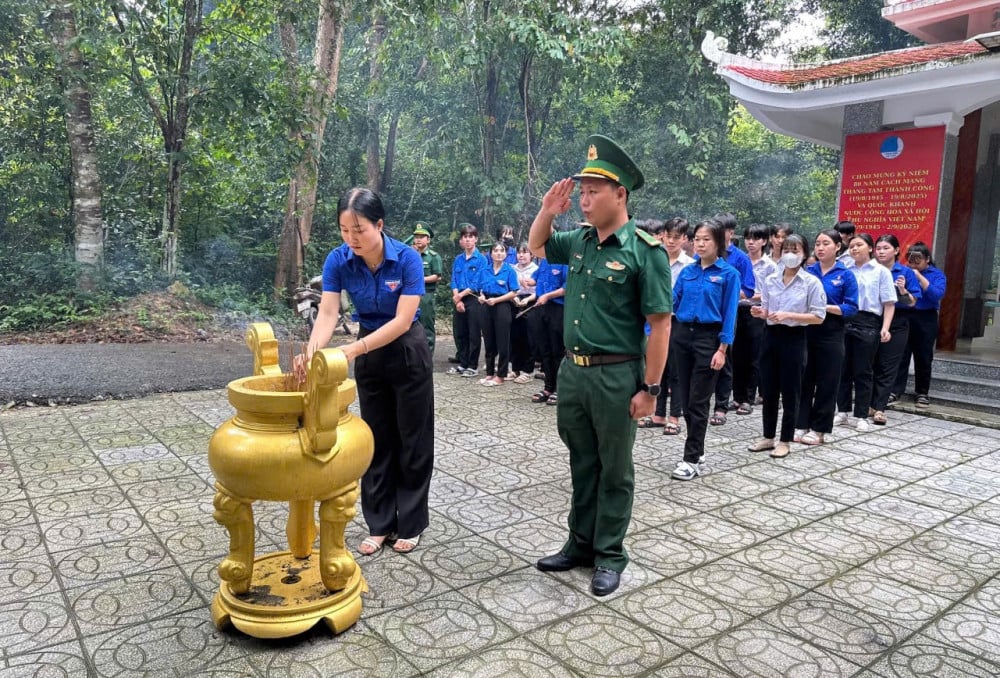
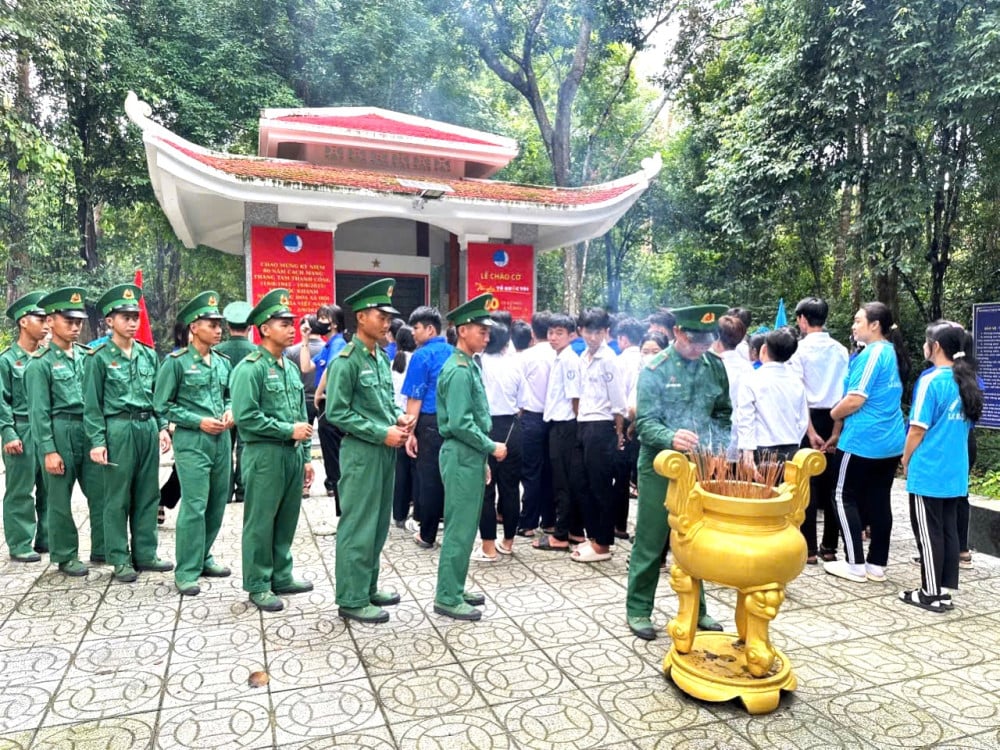
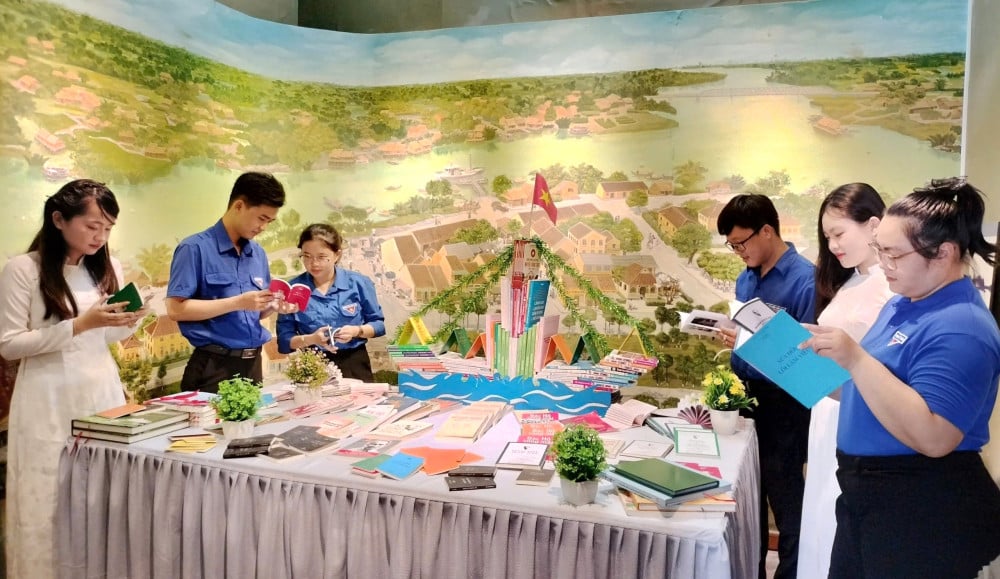


![[Photo] Prime Minister Pham Minh Chinh chairs the conference to review the 2024-2025 school year and deploy tasks for the 2025-2026 school year.](https://vstatic.vietnam.vn/vietnam/resource/IMAGE/2025/8/22/2ca5ed79ce6a46a1ac7706a42cefafae)
![[Photo] President Luong Cuong receives delegation of the Youth Committee of the Liberal Democratic Party of Japan](https://vstatic.vietnam.vn/vietnam/resource/IMAGE/2025/8/22/2632d7f5cf4f4a8e90ce5f5e1989194a)


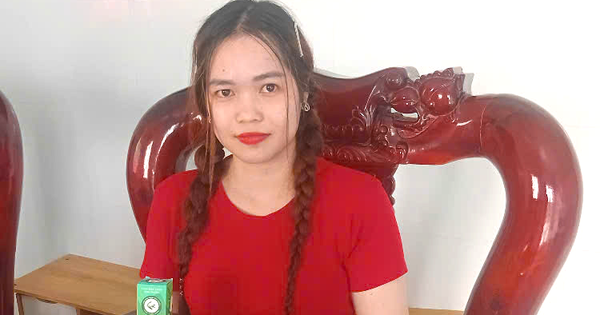
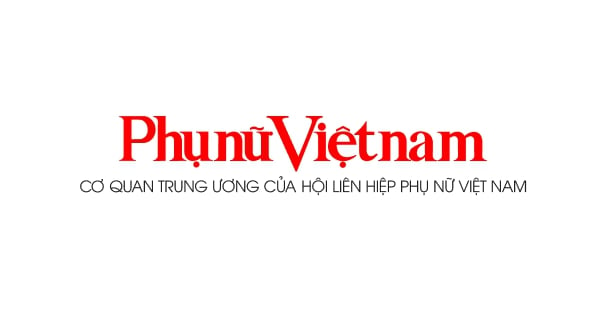


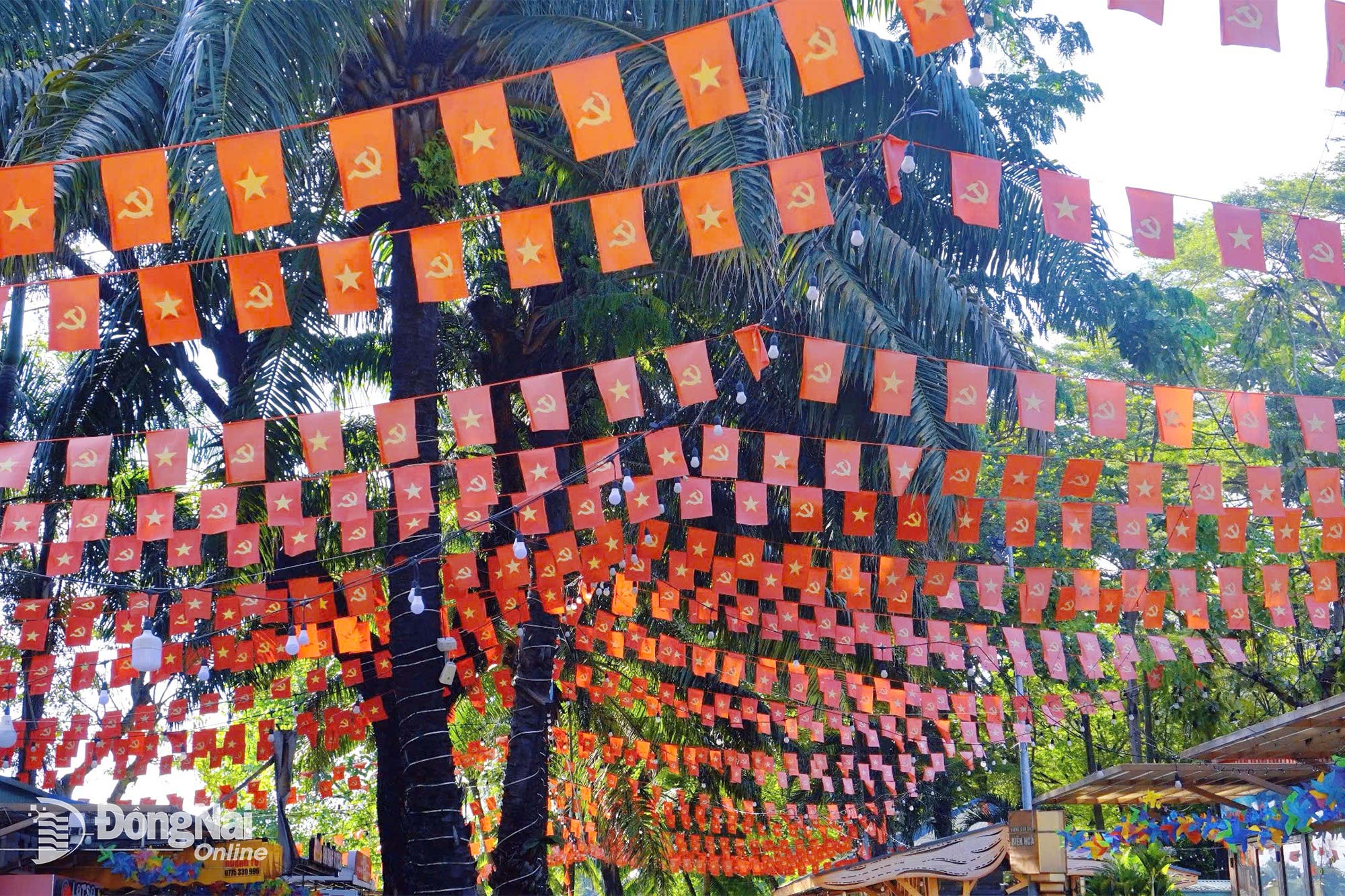

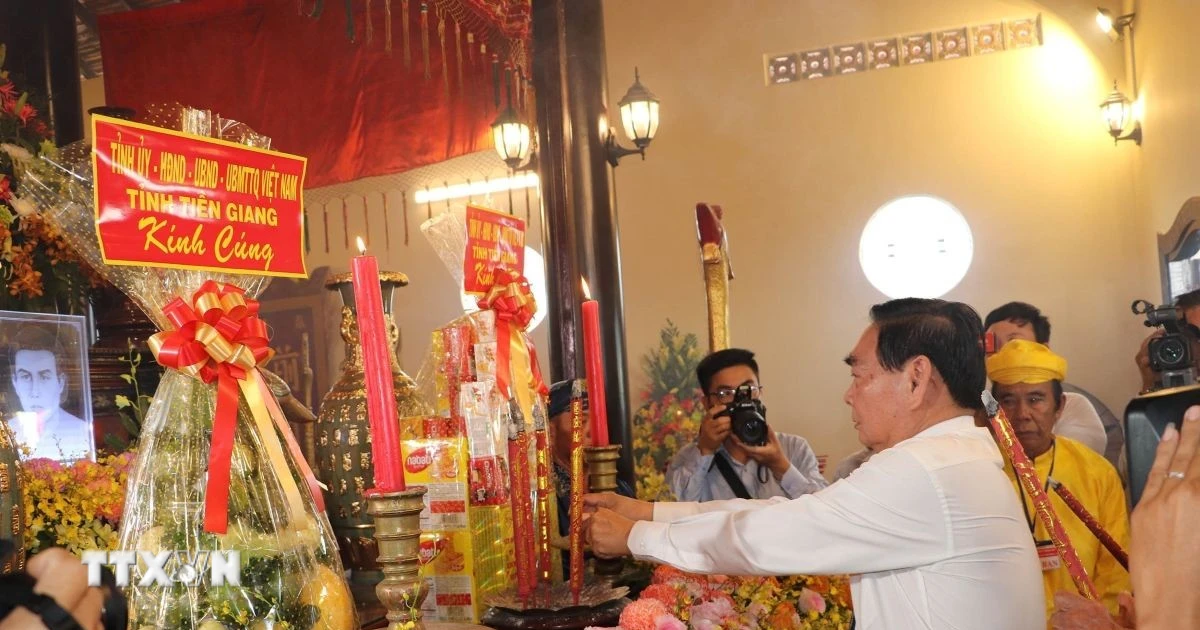

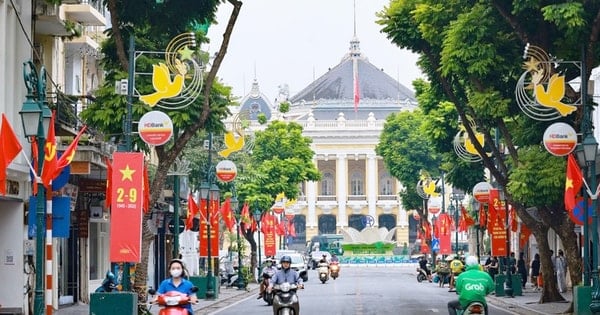

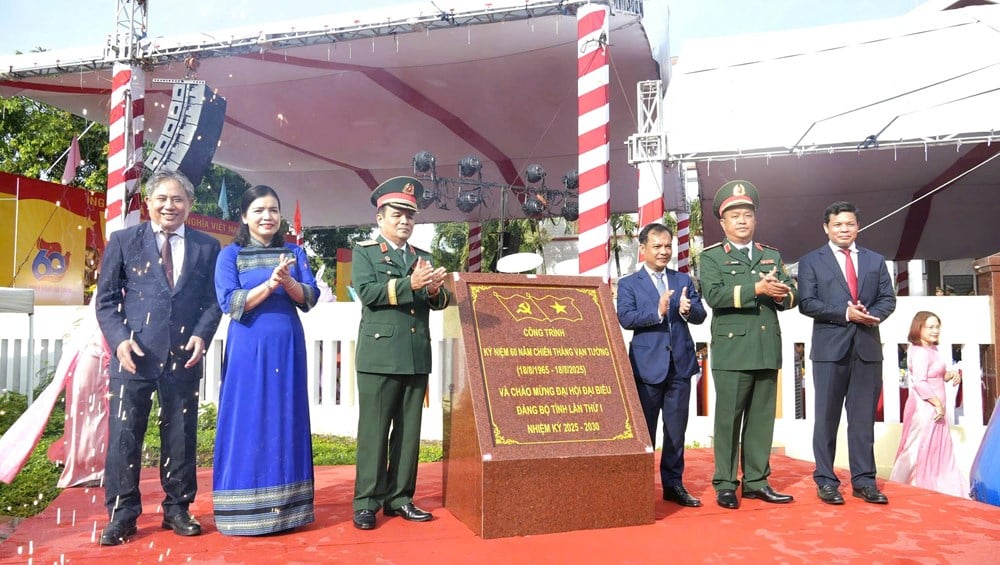

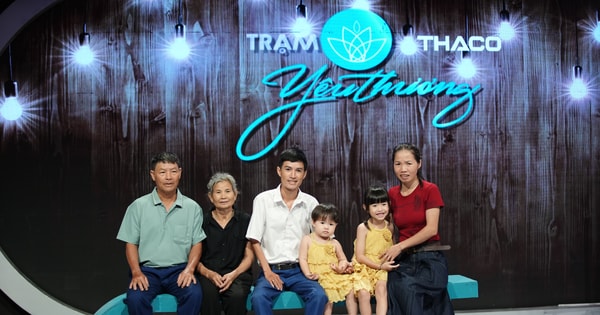
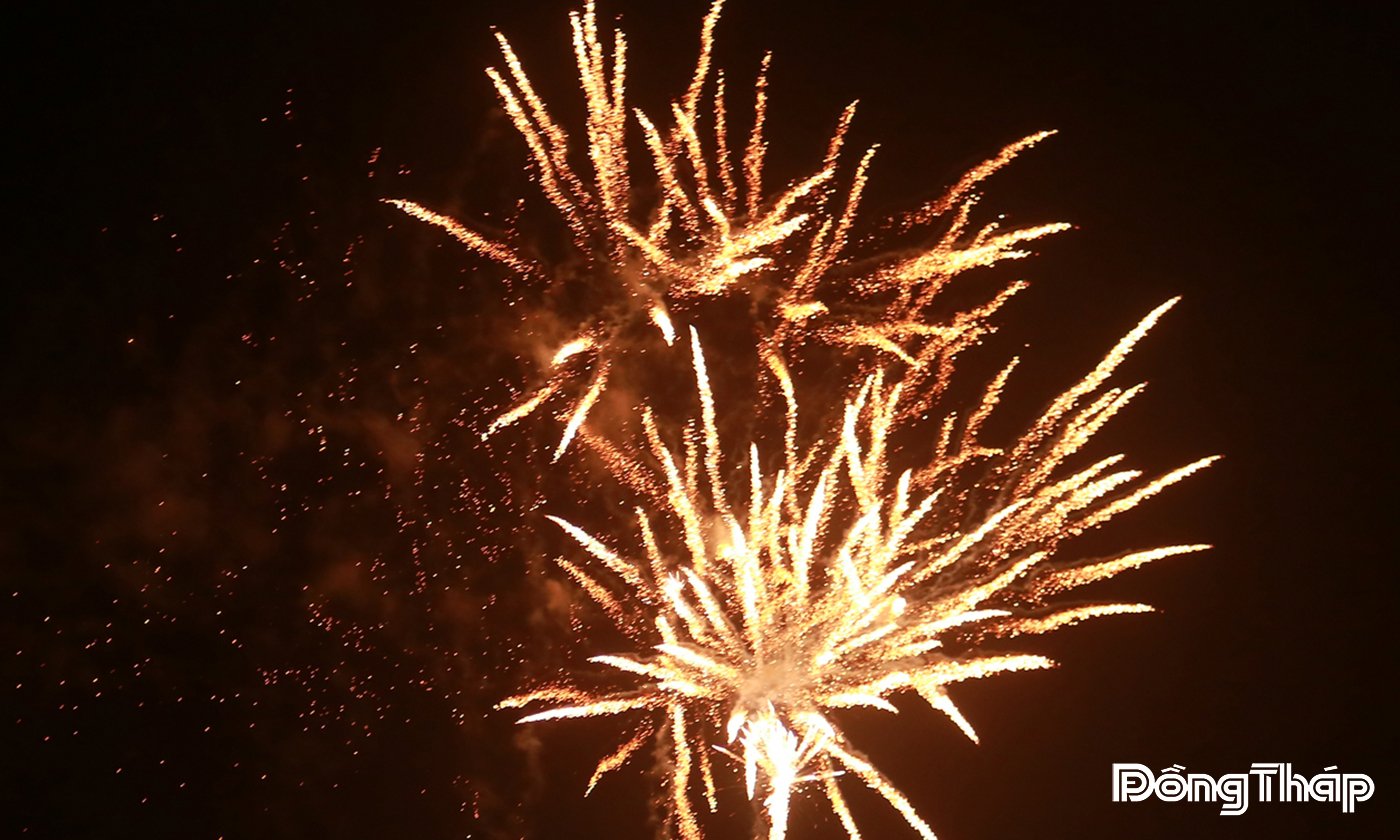
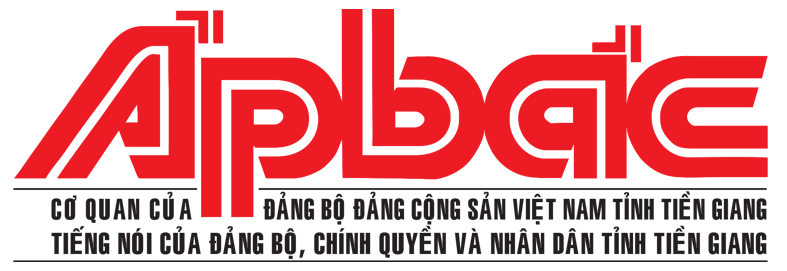
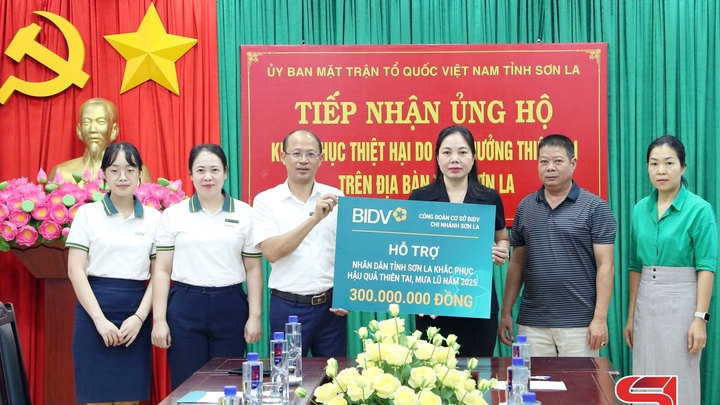

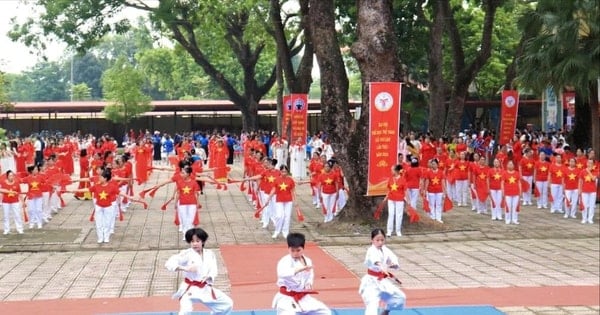




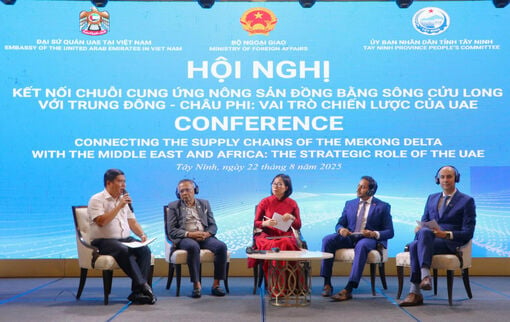

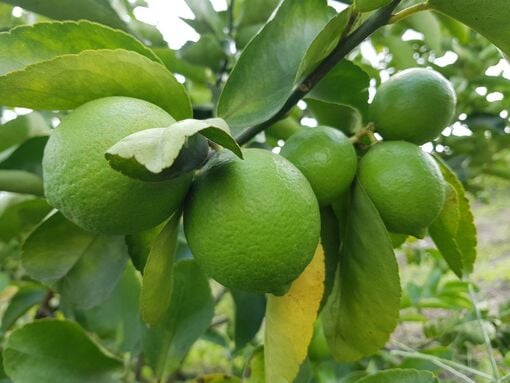

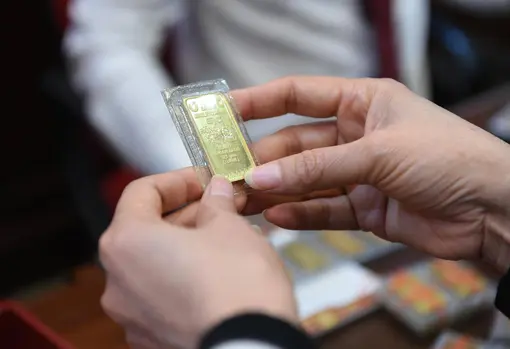

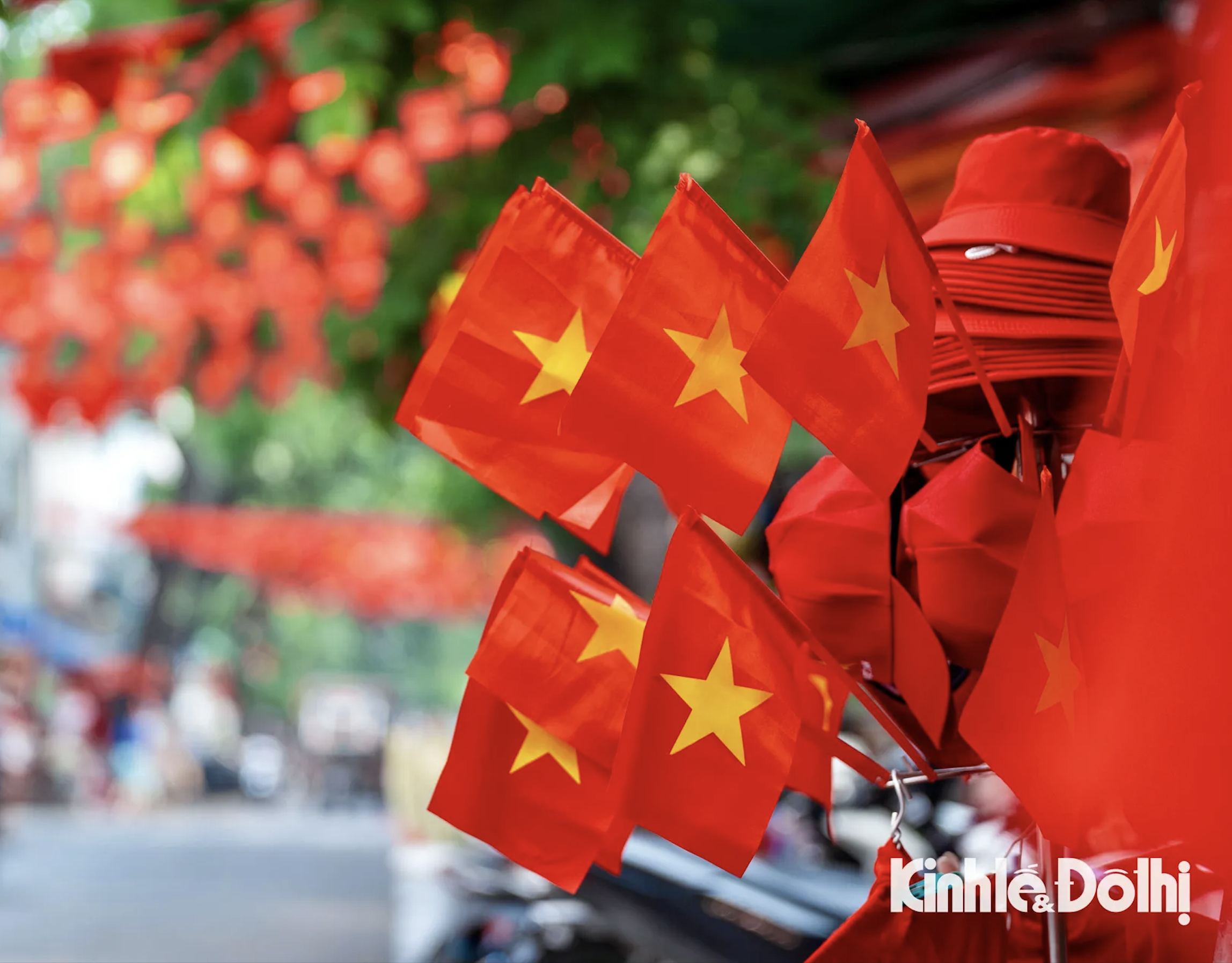















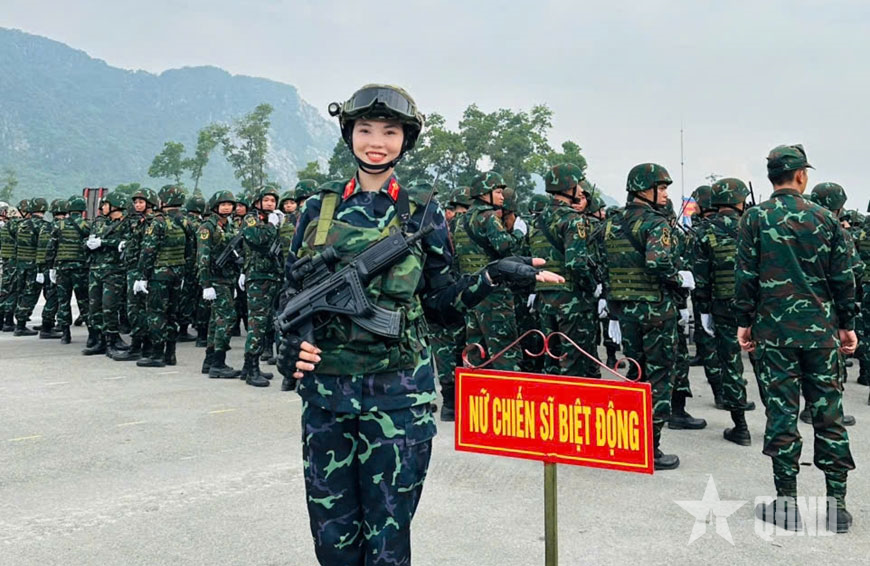















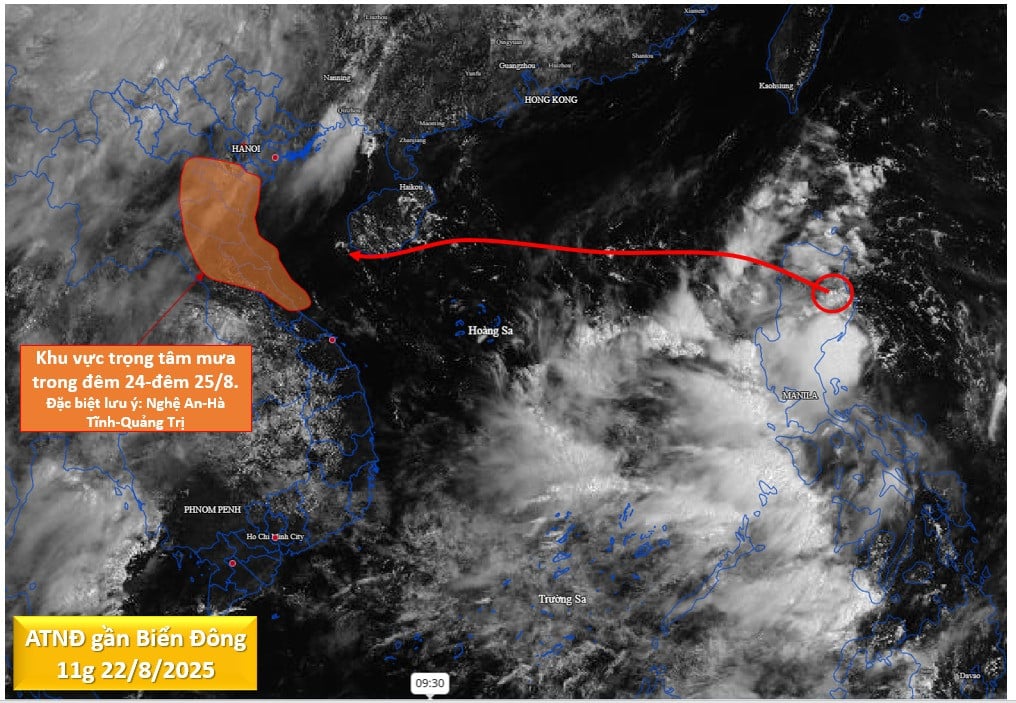
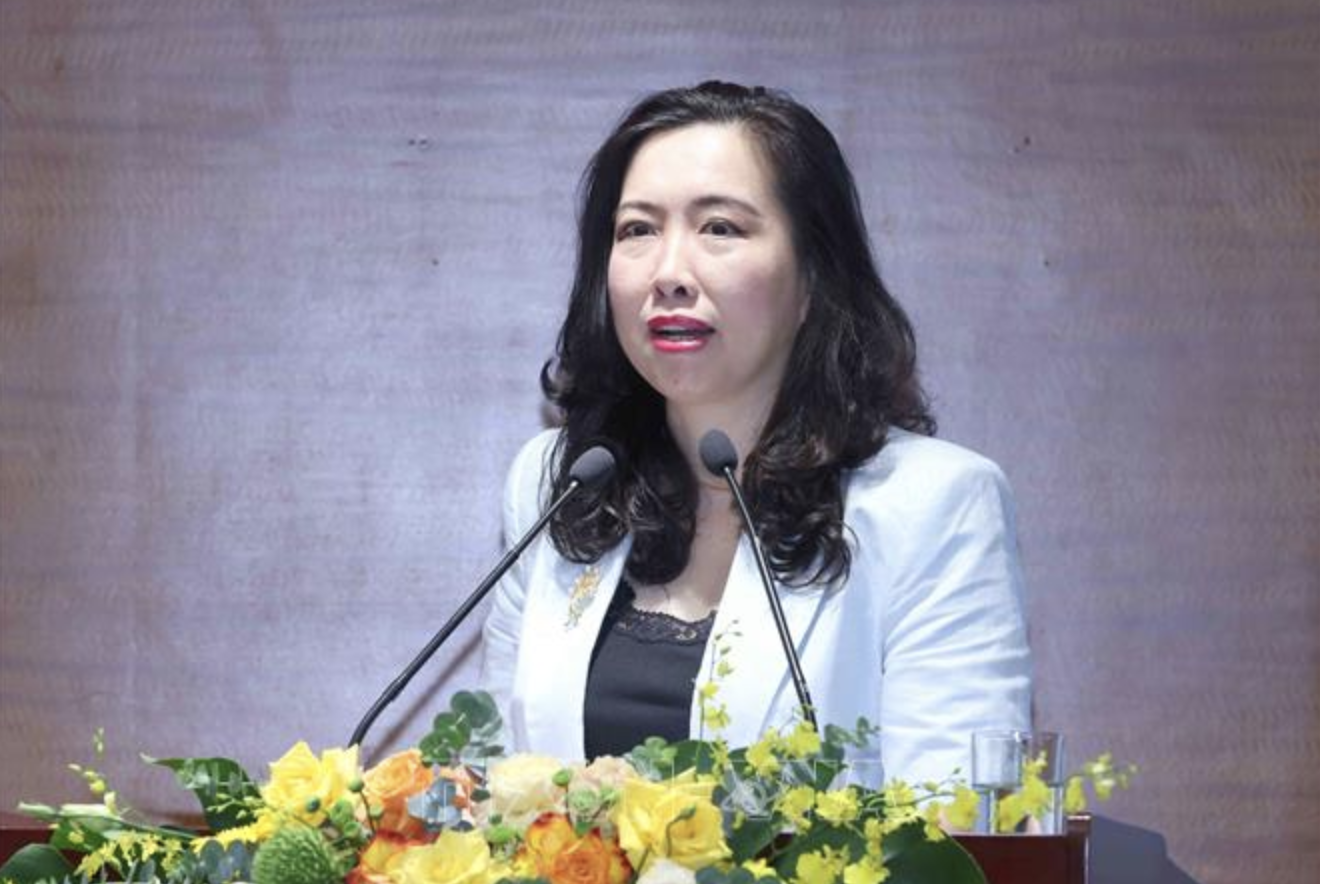



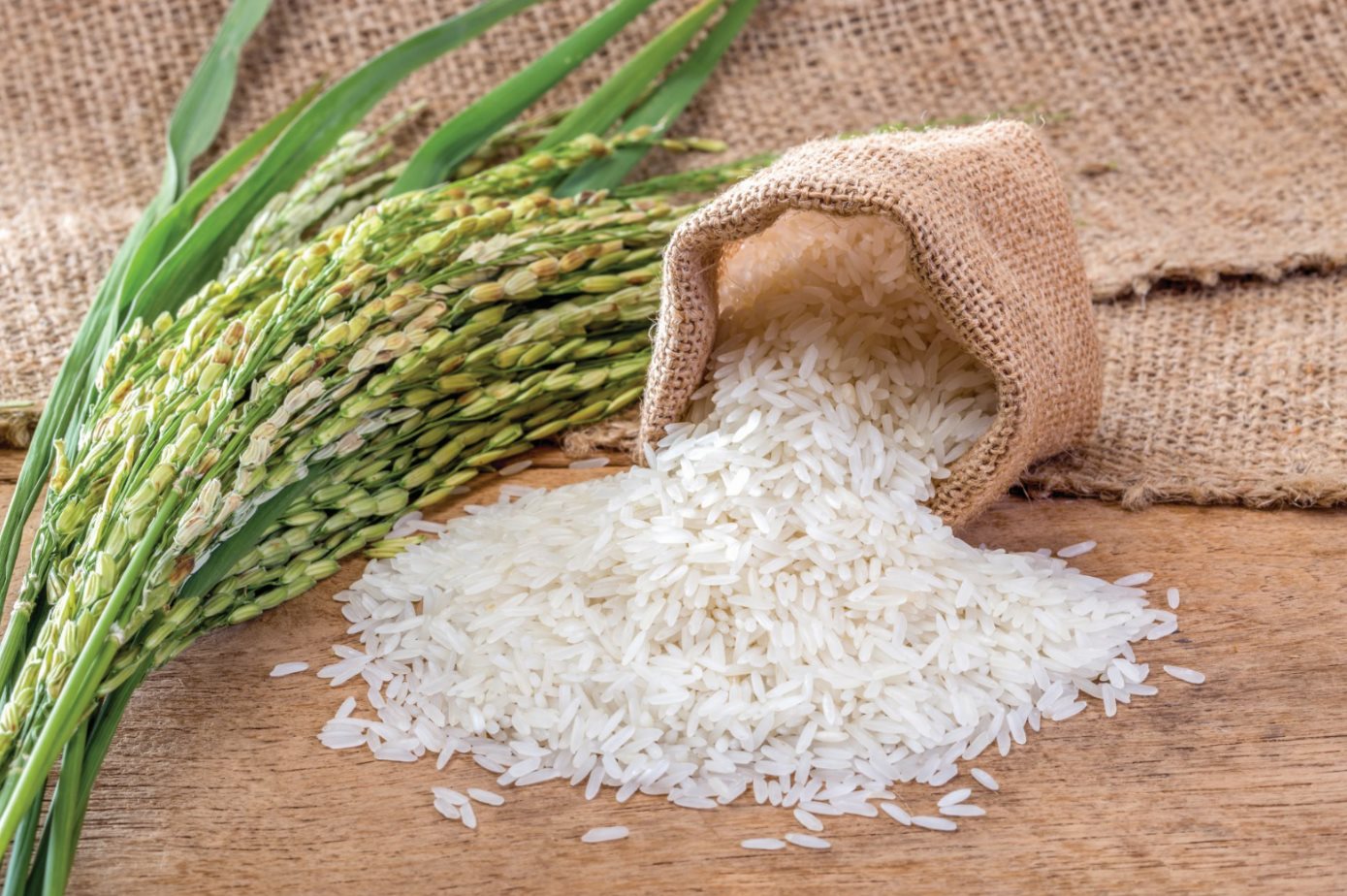
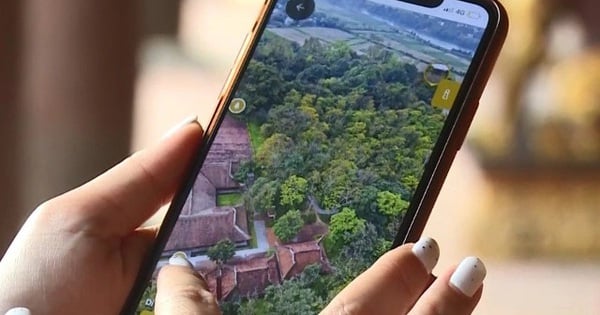

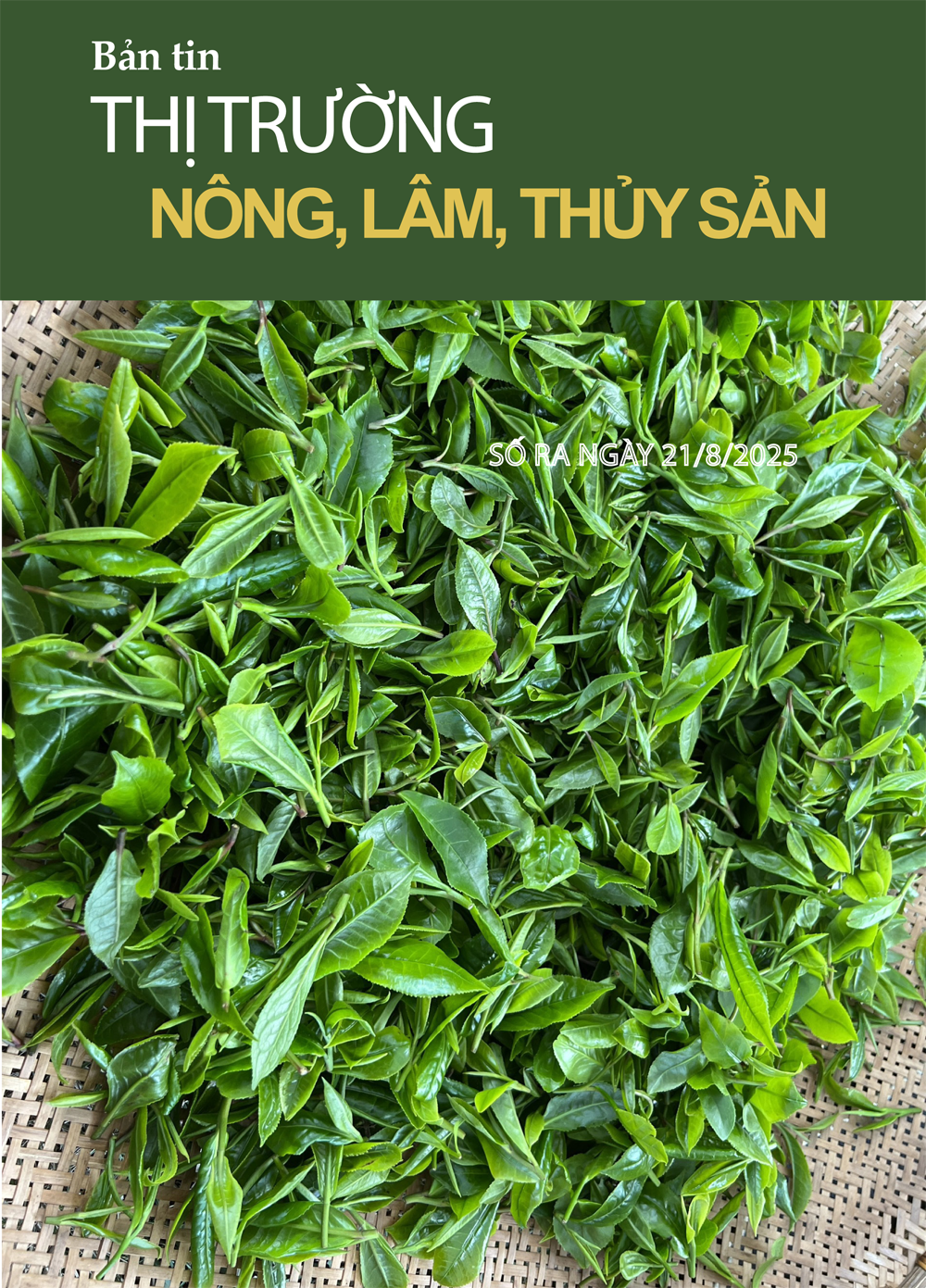





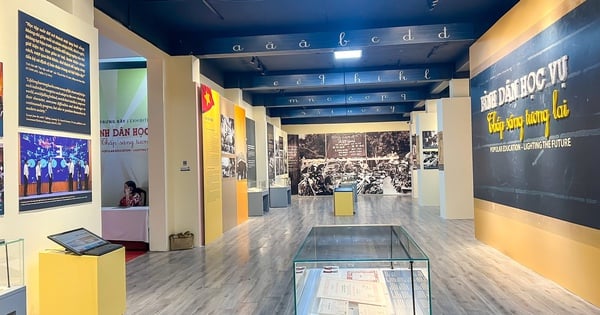
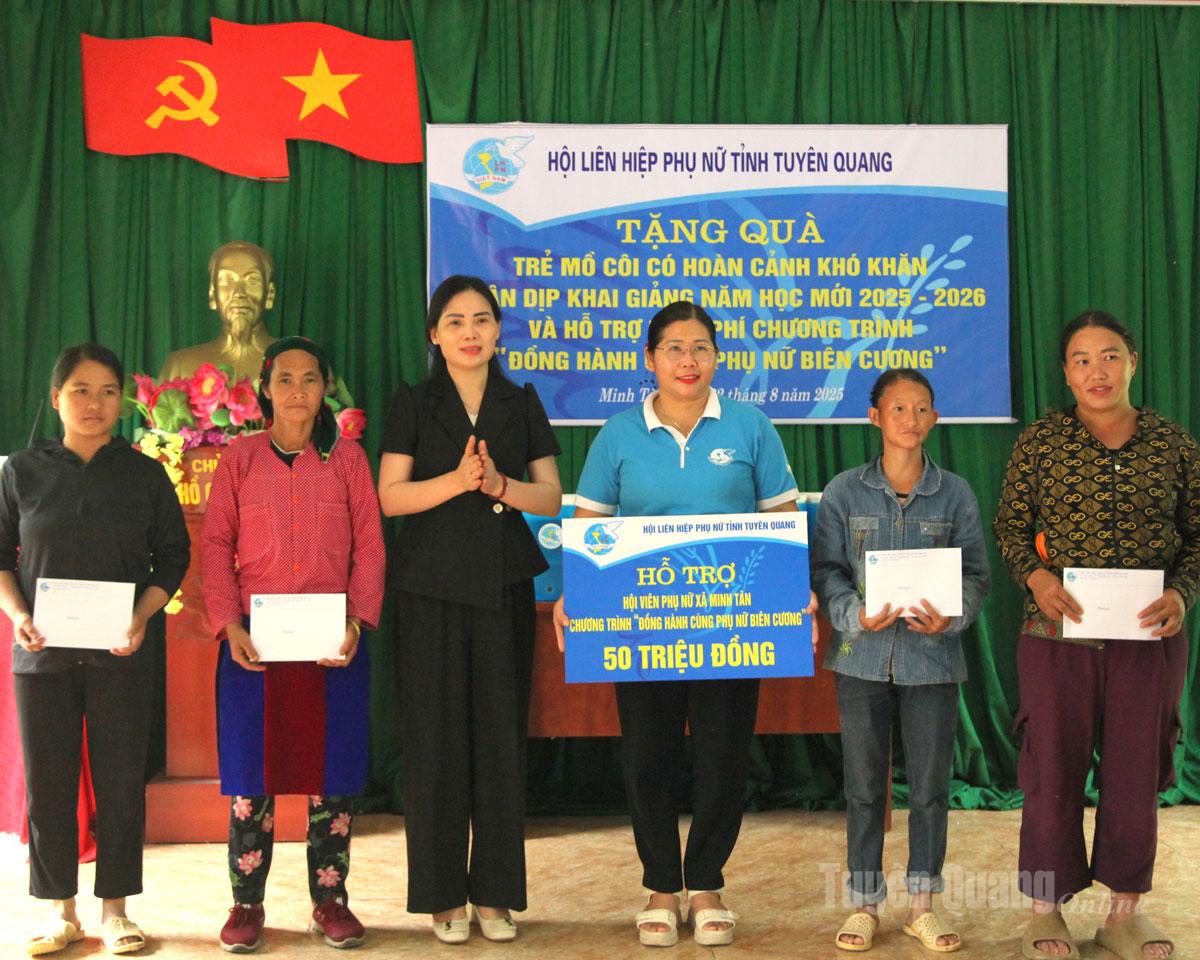


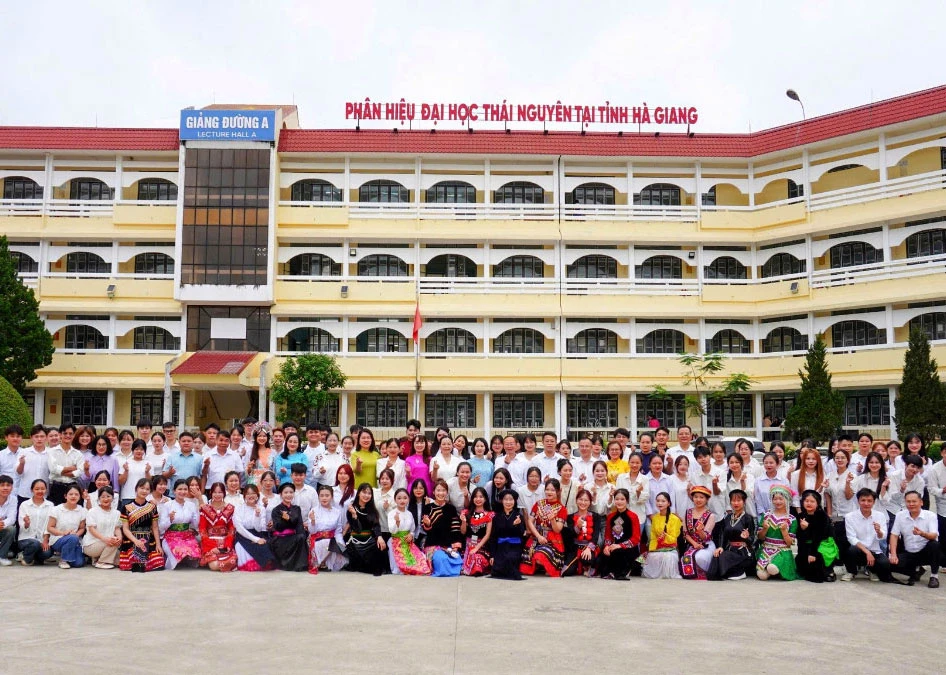
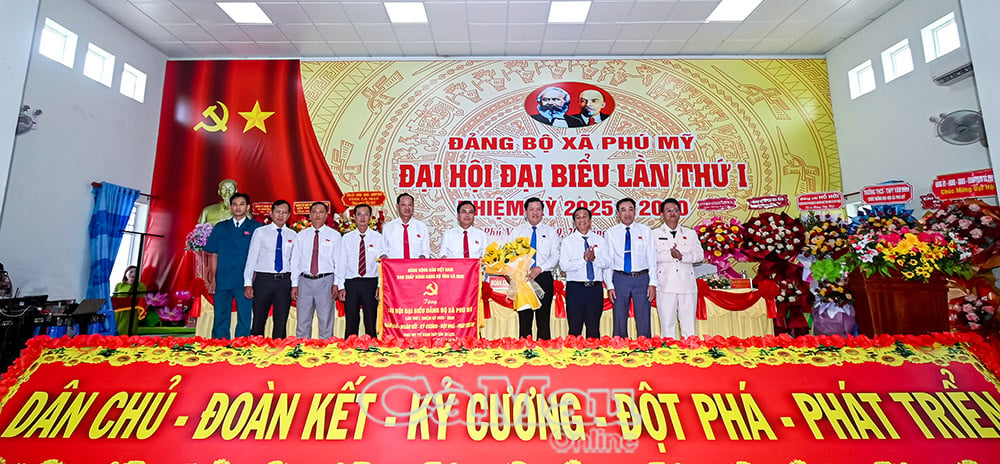















Comment (0)